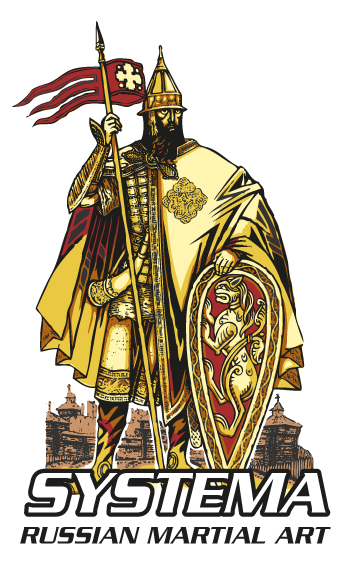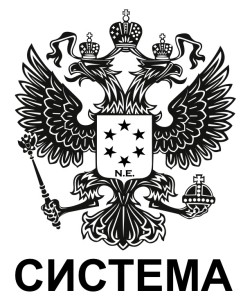As karate has continued to evolve overtime, people have become more interested in what karate is. Many times, they may actually confuse karate with kung fu. While there are similarities between karate and kung fu, they do differ quite a bit as well. Let’s examine what exactly karate and kung fu are, and how they differ from one another.
What Are Karate & Kung Fu?
As most people will know, karate is a form of unarmed combat that uses various forms of block blows. Karate is originally from Japan, and is a form of martial arts. The main goal of karate is to become trained in defensive and counterattack movements using only one’s body. On the other hand, kung fu is a form of martial arts that originated from China, unlike karate, which originates in Japan. Like karate, the concept of kung fu comes from martial arts, as both carry similar traits.
How Do They Differ?
Although karate and kung fu draw from similar concepts from martial arts, they differ in several ways. To begin, the movements that are used in kung fu are known for their smooth techniques and movements. The smooth transitions between moves comes from the circular movements that are used throughout. Karate, on the other hand, is known to use quicker movements and follow a stop and go pattern with their movements. Unlike kung fu, karate movements do not have smooth transitions in between movements, with less graceful transitions from one move to the next.
Another difference between karate and kung fu is the length of time that each set takes. While karate’s movements come fast and hard, kung fu’s movements often take more time in an effort to make smooth transitions. Additionally, most kung fu forms are longer, and generally more complicated movements. While karate closely resembles the moves that are found in kung fu, they may not be as long.
In general, the best way to describe how karate and kung fu differ are through their techniques, styles, weapons and uniforms worn during any routine. It is important to note that while they have many differences, neither kung fu or karate are more difficult than the other, especially knowing that they both come from martial arts. Karate and kung fu continue to be staples in the martial arts spectrum, and will only continue to progress in the coming years.

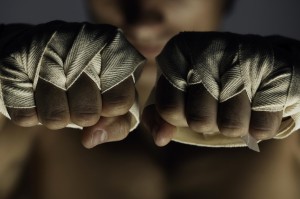 Martial arts are generally known as a tradition of combat practices specific to self-defense, physical and mental strength, fitness, entertainment, and spiritual development. Most of the martial arts we are familiar with in today’s society have a long and storied history. These practices are often associated with eastern Asia and various locations throughout Europe. Judo, Jujitsu, Karate, Gatka, Aikido, and Muay Thai are merely a small example of a long list of traditional arts.
Martial arts are generally known as a tradition of combat practices specific to self-defense, physical and mental strength, fitness, entertainment, and spiritual development. Most of the martial arts we are familiar with in today’s society have a long and storied history. These practices are often associated with eastern Asia and various locations throughout Europe. Judo, Jujitsu, Karate, Gatka, Aikido, and Muay Thai are merely a small example of a long list of traditional arts.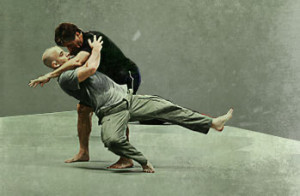 In the combat world, there are multiple different techniques that one might use. Each combat situation is different, so it’s good to know which type of combat to use in a certain situation. There are thousands of combat moves, but they generally can be narrowed down into more specific categories. Below are the top 5 hand-to-hand combat techniques that one should keep in mind if the situation happens to arise.
In the combat world, there are multiple different techniques that one might use. Each combat situation is different, so it’s good to know which type of combat to use in a certain situation. There are thousands of combat moves, but they generally can be narrowed down into more specific categories. Below are the top 5 hand-to-hand combat techniques that one should keep in mind if the situation happens to arise.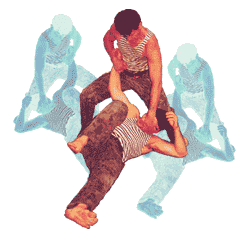 The Russian Martial Art of Systema is different than your everyday martial arts. Rather than learning how to attack, Systema’s training is more focused on learning how to respond to an attack. The existence of Systema is believed to predate back to the cold war era in the Soviet Union, but actually has roots in ancient Russian fighting styles that existed more than a millennium ago.
The Russian Martial Art of Systema is different than your everyday martial arts. Rather than learning how to attack, Systema’s training is more focused on learning how to respond to an attack. The existence of Systema is believed to predate back to the cold war era in the Soviet Union, but actually has roots in ancient Russian fighting styles that existed more than a millennium ago.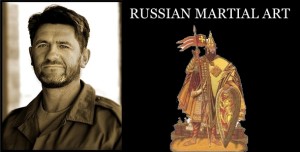 Back in December of 2013, Rob Poyton interviewed Vladimir Vasiliev in regards to his entrepreneurial success in the Russian Martial Art of Systema. Today, there are over 200 schools that teach Systema with over 500 instructors.
Back in December of 2013, Rob Poyton interviewed Vladimir Vasiliev in regards to his entrepreneurial success in the Russian Martial Art of Systema. Today, there are over 200 schools that teach Systema with over 500 instructors.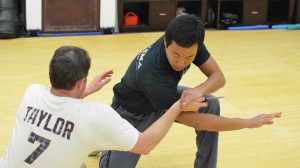 As a martial art developed by the Russian military, Systema focuses on relaxation and breathing techniques in addition to hand-to-hand and weapon combat. On the Russian Martial Art website, Vladimir Vasiliev describes the secret of systema and its unique method of combat.
As a martial art developed by the Russian military, Systema focuses on relaxation and breathing techniques in addition to hand-to-hand and weapon combat. On the Russian Martial Art website, Vladimir Vasiliev describes the secret of systema and its unique method of combat. In a recent article by Systema HQ, many people know martial arts but many don’t know about Systema, the Russian style of martial arts that dates back to the 10th century. System was first used as a method of repelling invaders from the north, south, east and west. Since Russia is such a large country, they needed people ready to defend the country from all directions. These battles to defend the country, happened in the blistering heat of summers and the cold days of winter. The russians were usually greatly outnumbered by the enemy forces. Because of their shortcomings, they created defense tactics that combined string will and innovative moves in order to compete with said enemy that wanted to invade Russia. The style of Systema is natural, free, with no strict rules, structure, or limitations. All of the tactics are based on instinctive reaction, individual strengths and characteristics.
In a recent article by Systema HQ, many people know martial arts but many don’t know about Systema, the Russian style of martial arts that dates back to the 10th century. System was first used as a method of repelling invaders from the north, south, east and west. Since Russia is such a large country, they needed people ready to defend the country from all directions. These battles to defend the country, happened in the blistering heat of summers and the cold days of winter. The russians were usually greatly outnumbered by the enemy forces. Because of their shortcomings, they created defense tactics that combined string will and innovative moves in order to compete with said enemy that wanted to invade Russia. The style of Systema is natural, free, with no strict rules, structure, or limitations. All of the tactics are based on instinctive reaction, individual strengths and characteristics.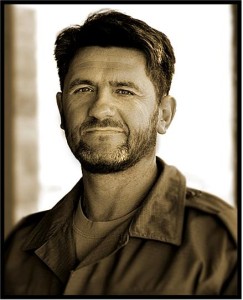 Michael Chin was certified by Vladimir Vasiliev to teach Systema at Mass Bay Systema. Vladimir is the director and chief instructor of Systema Headquarters located in Toronto. Vladimir was born in Russia and was trained in Systema and other intensive combative training. In 1993, he moved to Canada where he founded the first school of Russian Martial Art outside of Russia. He has trained and qualified 500 instructors in the Art of Systema. He is also an award-winning producer in Systema instructional videos. He has multiple government awards including the very prestigious “Order of Duty and Honor” and “Order of Loyalty” awards.
Michael Chin was certified by Vladimir Vasiliev to teach Systema at Mass Bay Systema. Vladimir is the director and chief instructor of Systema Headquarters located in Toronto. Vladimir was born in Russia and was trained in Systema and other intensive combative training. In 1993, he moved to Canada where he founded the first school of Russian Martial Art outside of Russia. He has trained and qualified 500 instructors in the Art of Systema. He is also an award-winning producer in Systema instructional videos. He has multiple government awards including the very prestigious “Order of Duty and Honor” and “Order of Loyalty” awards. Members of Central Florida Systema are engaging their very own challenge called the “one million movements challenge.” The organization is the Orlando area’s only Russian martial arts school and has members ranging from 18 to 58 years old. Starting this year, the school took the challenge of attempting to do a combined one million movements that involved pushups, leg raises, and squats. Today, they are about one-third of the way towards their goal of one million.
Members of Central Florida Systema are engaging their very own challenge called the “one million movements challenge.” The organization is the Orlando area’s only Russian martial arts school and has members ranging from 18 to 58 years old. Starting this year, the school took the challenge of attempting to do a combined one million movements that involved pushups, leg raises, and squats. Today, they are about one-third of the way towards their goal of one million.